Can I get my white oak floors this white color using rubio monocoat?
Mackey's MPI Inc.
6 years ago
last modified: 6 years ago
Featured Answer
Comments (52)
Janie Gibbs-BRING SOPHIE BACK
6 years agoRelated Discussions
Should I get white or dark walnut cabinetry with my oak? see pics
Comments (23)I don't think it would look weird to paint your kitchen trim white and have the rest of the main floor keep its oak trim... that was my instinct at the top of the thread and then the photo posted by marybeth1 confirmed it. When we moved into our previous 1926 house, the woodwork was all old varnished fir. Everyone was like, oh, I love that trim! But: it was not an architect-designed house (I think it was a Sears kit house, actually) and I didn't love calling attention to the doors and windows, which were not thoughtfully placed, with the dark trim. I painted it all BM White Dove, and suddenly the house was open, airy, and gorgeous... filled with light. It was an amazing transformation. Everyone who'd been trying to convince me not to paint it wound up saying they were wrong. Now, your house is already pretty airy looking, and your trim is lighter to start with.... but my point is that if you want white trim in the kitchen, do it!!!...See MoreCan I paint my oak cabinets white but leave my trim oak?
Comments (3)Oak white combo is not dated. This pic on This Old House site last week: Other pics: Paint your cabinets only if you want to. Do not get on the trend merry go round. Unless your budget is huge, you wont be able to keep up with the changing trends....See MoreHow can I get this look on white oak floors?
Comments (1)White Oak is easier to do achieve this than Red Oak. Red Oak is the wood in the pic. That means a white oak floor is going to get into this colour range SUPER easy. You will notice the caption states the combination of stains. You will take those names to the stain master who is going to sand/refinish your white oak floors. That's where s/he BEGINS. The refinisher will use the inspiration photo to create a special colour on your own floors. That means sanding + water popping an area. Then s/he will make 4-8 different colour samples on your floor and will add a single coat of finish (are you using oil based, oil modified or water based as in the inspiration pic??????). You, the homeowner, will take the weekend (see how I did that...I like to see stain patches added on a weekend so the owners can take their time DECIDING...through all the 5 lighting situations of a full day). Once the owners make their choice the refinisher comes back, removes the colour patches and starts the staining process. Easy peasy!...See MoreMatte natural floor look with Rubio monocoat
Comments (11)There have been issues/complaints about the Invisible Protect AT. It can show PLENTY of foot prints, oil prints, dust prints, prints...with some knee prints, and hand prints, and dog prints...cat prints...sock prints...pretty much anything that hits the floor can leave a 'print'. When looking for low gloss, remember it can be HAZY (the chemical additives cause the finish to look frosty/non-clear). Many people find low gloss to be very difficult to live with. Personally I would work with Bona Traffic HD gloss on your FIRST coat...and then super matte (the commercial grade Traffic HD) on the second coat. Bona's NordicSeal is ahead of the Loba 'white' option. I love Loba 2K Supra AT. I've sold it. I've worked with it myself. I've tested the toughness of it on cork (very delicate wood) and loved it. My customers and clients LOVED it! The Invisible Protect AT does not have the same following. For low gloss + whitish look = Bona Traffic HD has a STRONG following and has been super successful....See Morecdee18
6 years agoMackey's MPI Inc.
6 years ago_sophiewheeler
6 years agoClaire Buoyant
6 years agoMackey's MPI Inc.
6 years ago_sophiewheeler
6 years agolast modified: 6 years agoBunny
6 years agoJohnson Flooring Co Inc
6 years agoDebbie Downer
6 years agolast modified: 6 years agoMackey's MPI Inc.
6 years agoJanie Gibbs-BRING SOPHIE BACK
6 years agolast modified: 6 years agoMackey's MPI Inc. thanked Janie Gibbs-BRING SOPHIE BACKMackey's MPI Inc.
6 years agoMackey's MPI Inc.
6 years agoMackey's MPI Inc.
6 years agoSJ McCarthy
6 years agoChessie
6 years agoMackey's MPI Inc.
6 years agoMackey's MPI Inc.
6 years agoMackey's MPI Inc.
6 years agoJohnson Flooring Co Inc
6 years agoMackey's MPI Inc.
6 years agoMackey's MPI Inc.
6 years agoMackey's MPI Inc.
6 years agoMackey's MPI Inc.
6 years agoMackey's MPI Inc.
6 years agoMackey's MPI Inc.
6 years agoJohnson Flooring Co Inc
6 years agoChessie
6 years agoMackey's MPI Inc.
5 years ago
Related Stories

LIFEThe Polite House: How Can I Kindly Get Party Guests to Use Coasters?
Here’s how to handle the age-old entertaining conundrum to protect your furniture — and friendships
Full Story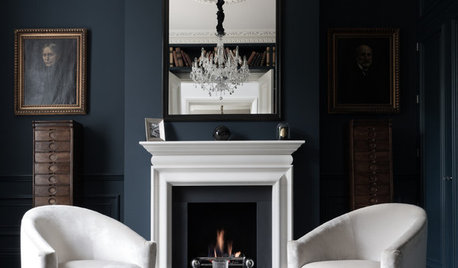
COLORDiscover White’s Surprising Power to Energize Every Room
Using white in different ways gives you limitless options for light, color and creativity
Full Story
DECORATING GUIDESDecorating 101: How to Use White Right
If you’ve ever been in white-paint-swatch limbo, you know white can be tricky to work with. Here’s how to get the fresh look you’re after
Full Story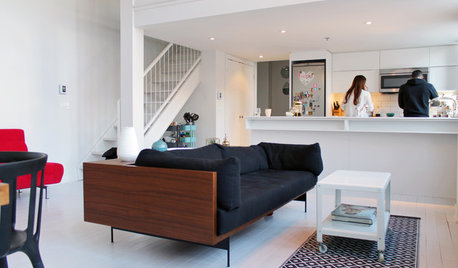
HOUZZ TOURSMy Houzz: Color Hits the Spot in a White-on-White Scheme
Bright red furniture strikes a dramatic pose against snowy walls and floors in a Montreal loft
Full Story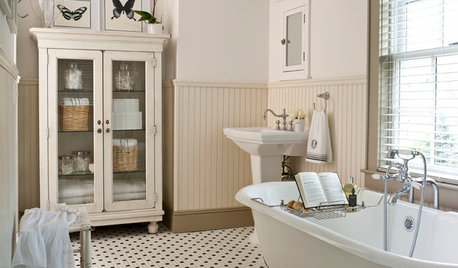
MOST POPULARMust-Try Color Combo: White With Warm Off-White
Avoid going too traditional and too clean by introducing an off-white palette that brings a touch of warmth and elegance
Full Story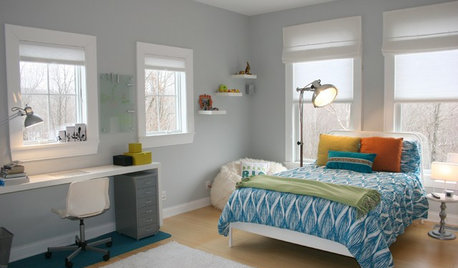
TRIMTrim Color Tips: Get Your White Trim Right
Set off wood tones, highlight architectural features, go minimalist ... white trim is anything but standard when you know how to use it
Full Story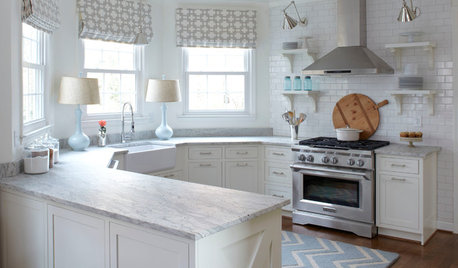
KITCHEN DESIGNHow to Keep Your White Kitchen White
Sure, white kitchens are beautiful — when they’re sparkling clean. Here’s how to keep them that way
Full Story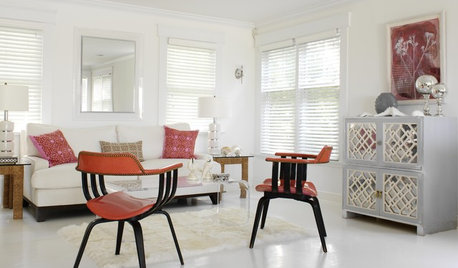
REMODELING GUIDESAre You Gutsy Enough to Paint Your Floor White?
Sleek and glossy or softened by wear, white floors charm
Full Story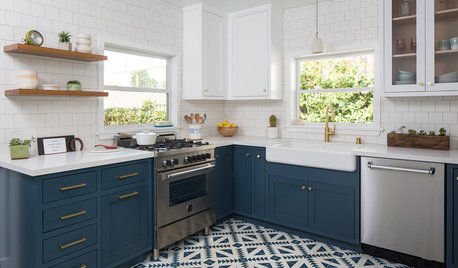
KITCHEN MAKEOVERSKitchen Gets a Crisp Makeover in Blue and White
Mosaic floor tiles, floating shelves and 2-tone cabinets bring a fresh look to a cottage kitchen in Los Angeles
Full Story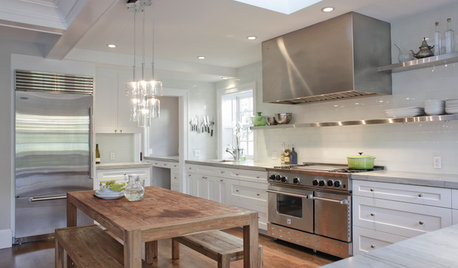
KITCHEN DESIGNCooking With Color: When to Use White in the Kitchen
Make sure your snowy walls, cabinets and counters don't feel cold while you're riding white's popularity peak
Full Story







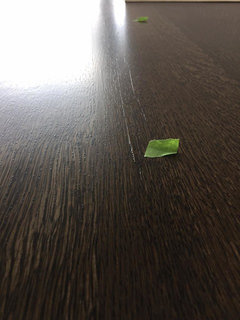
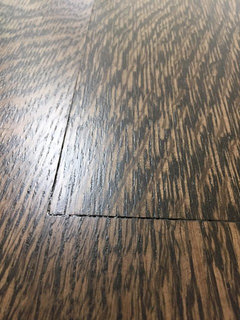
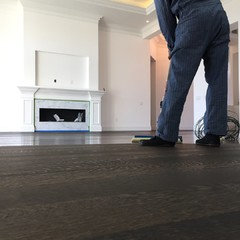
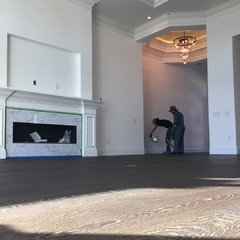
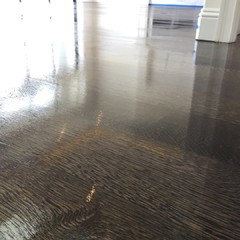


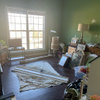

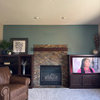
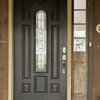

Johnson Flooring Co Inc